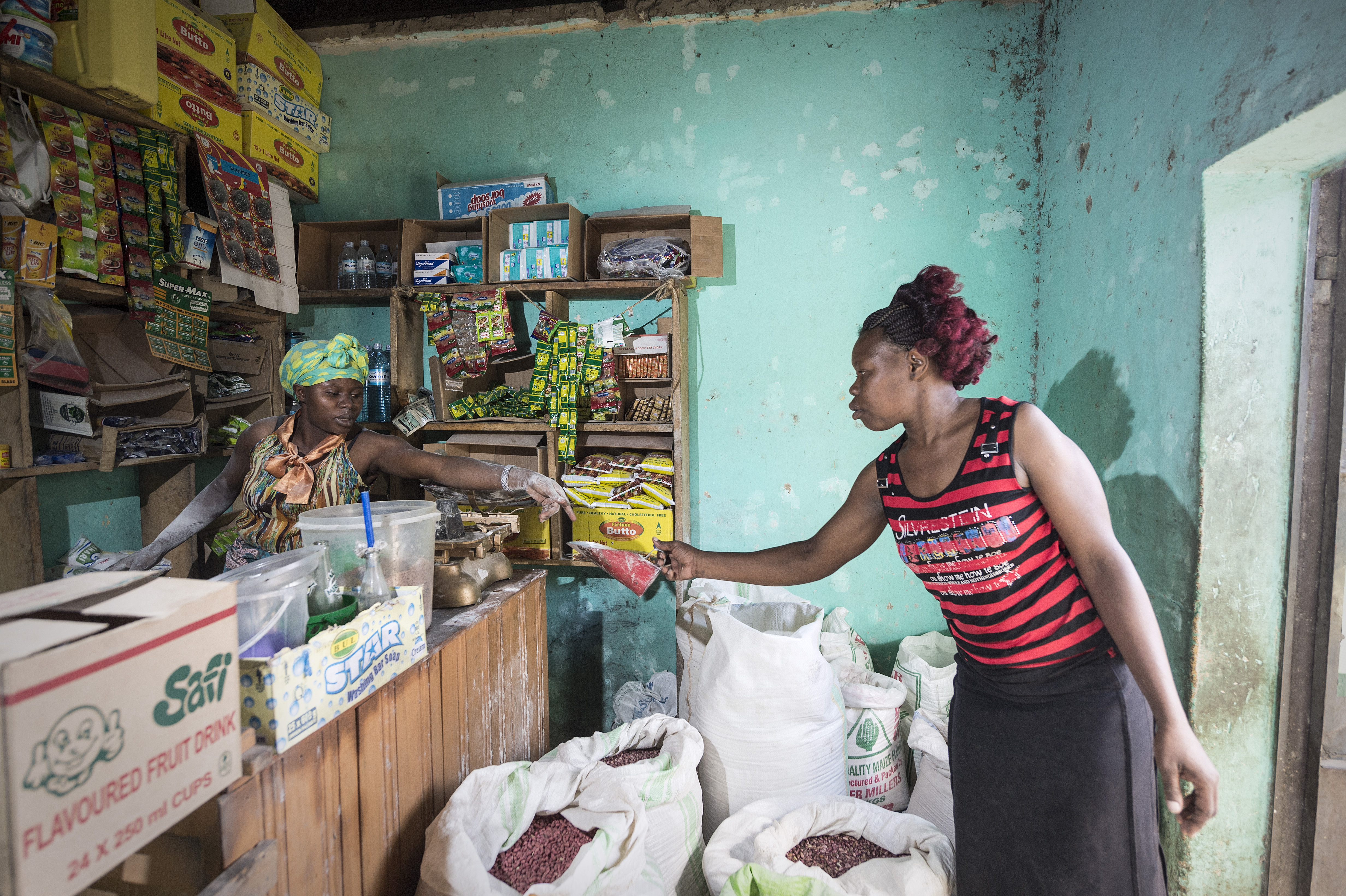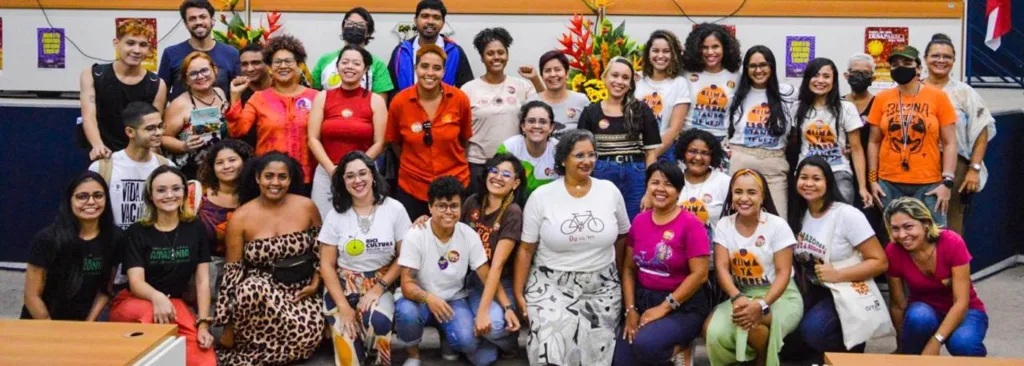Kabarole District situated in South Western Uganda is endowed with a rich climate and fertile soils. The district contributes large amounts of food not only for the Rwenzori region – where Kabarole is situated – but other regions and neighbouring countries such as Rwanda, Tanzania, Congo and Sudan. The irony, however, food and nutrition insecurity, diet related diseases such as stunting and malnutrition are common occurences in the district. According to the Uganda Demographic and Health Survey report 2016, the region is reported to have a high incidence of stunting in children of up to 41 per cent compared to a low of 14 per cent in North Eastern Uganda. These facts tell of the mismatch between food production and food consumption. It also reveals that diversity in production does not automatically translate to food diversity on the plate. It is against this back drop that Kabarole Research and Resource center (KRC) conducted a study by use of food diaries.
A food diary is a participatory research instrument that allows participants at household level to take part in research. The diaries are self-administered tools that require participants to record whichever meal they eat. It is based on 24 hour food / meal consumption routine for seven days during which women (they are the ones who prepare food in this part of the country) fill the diary. This essentially begins from breakfast; through-out the day to dinner and any other meals taken in between. The documentation taken is exclusively for meals prepared and eaten at home. Food consumed while away from home is not considered. The source of food and prices are also documented.
This particular food diaries research seeks to establish: The magnitude of the problem of consumption of less diverse and nutritious diets among households in Kabarole District; generate localised evidence to influence policy at all levels and raise awareness among communities on the need to consume diverse and nutritious food types for healthy long lives.
According to Sharrif Mohammed of KRC, a total of 453 households are participating in the research; both rural and urban across different social economic levels such as those categorised as deprived and affluent. This is intended to compare food diversity across different social economic groups.
The International Institute for Environment and Developement (IIED) with whom Hivos has partnered in Sustainable Diets for All programme, on July 10-14, 2017 supported KRC in preliminary analysis of the food diaries data and also conducted selected qualitative follow up interviews. The qualitative follow up interviews particulary the focus group discussions and individual interviews undertaken were to generate supplementary information vital for the food diaries data. While a food diary can measure food diversity on diets, it does not measure nutrition security.
Upon analysis of the data, the food and diet diversity of households will be establsihed and households categorised as low, medium and high diet diverse using the Food and Agricultural Organisation (FAO) food diversity score. It is envisioned that the findings will stimulate and ignite discussions about food diversity, nutrition and the implications for local and national developement.
The findings will be used to influence planning processes and decision making agenda at local and national levels namely the local councils and the National Planning Authority. The information will also be used to steer conversations at platforms such as the parliamentary forum on food security. Additionally, the report will be pertinent in lobby and advocacy work for the review of legal frameworks on food and nutrition that have for long not been effectively implemented while others have been overtaken by time and contextual changes such as the Public Health Act of 1935 and the Kabarole food security ordinance.




